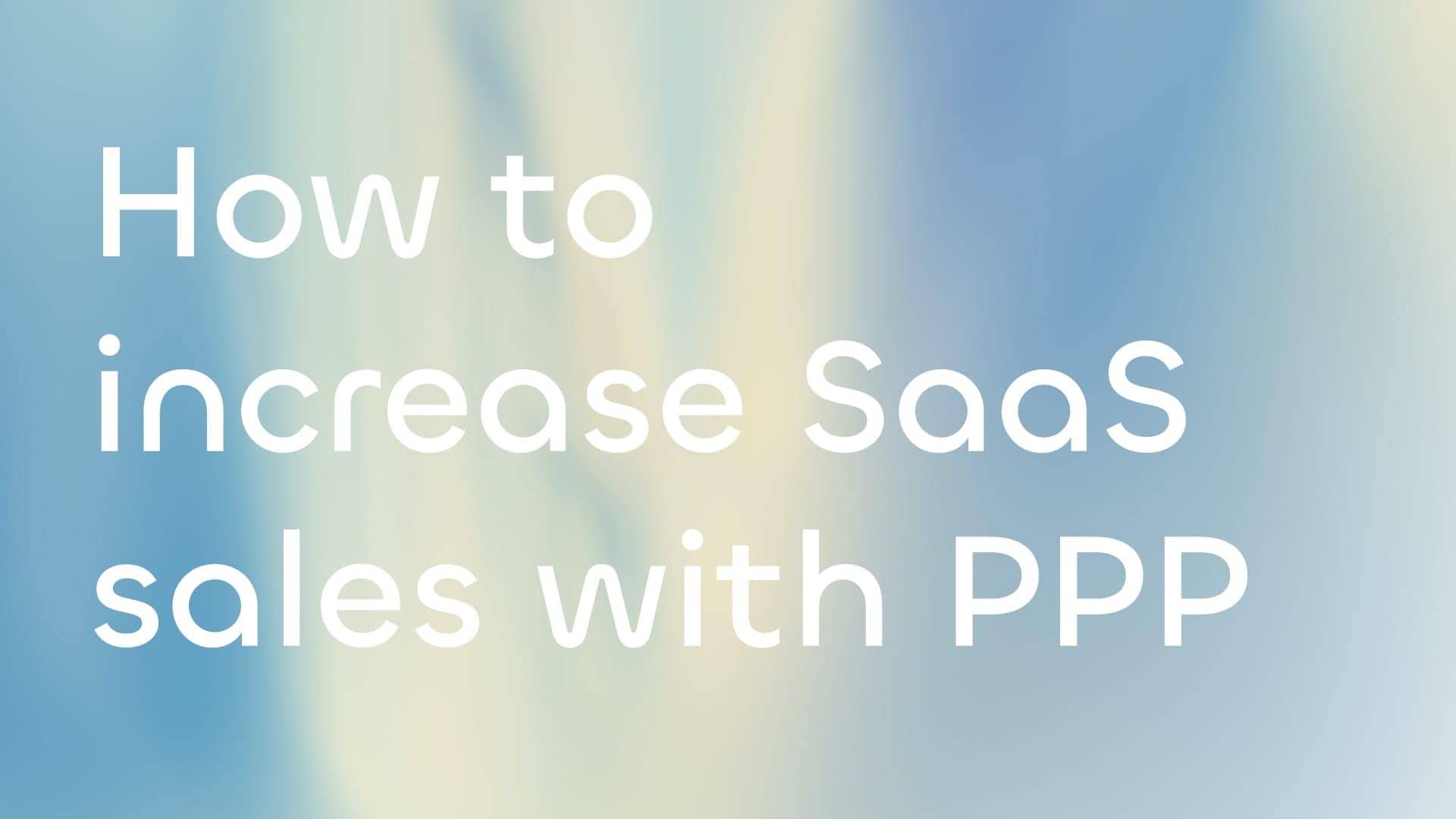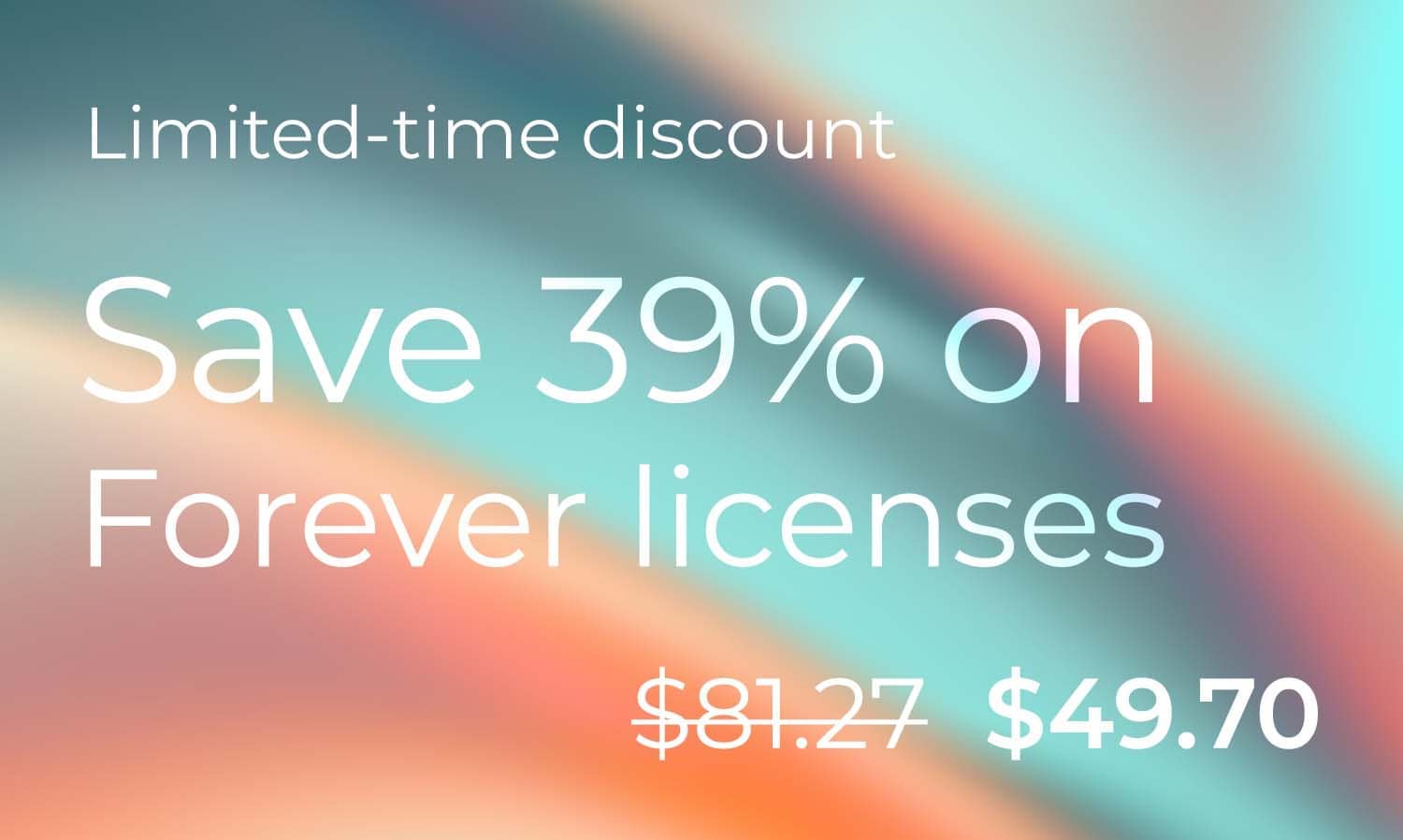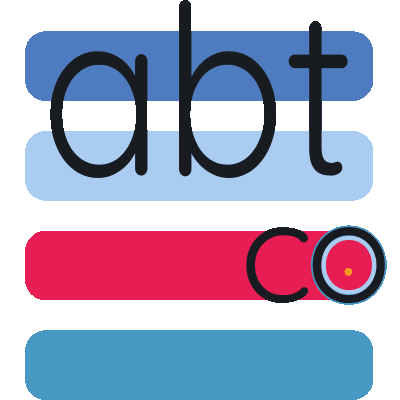Purchasing Power Parity for SaaS business | How to increase SaaS sales with PPP
Ambeteco Blog


In today’s globalized world, companies face the challenge of serving customers in different parts of the world who have very diverse amounts of money to spend.
Just compare the buying power of an average person in the United States to that of a person in Brazil. Both people might want to become your customers, but they have very different financial contexts, and the person from Brazil might simply find your product too expensive.
Instead of losing customers from countries with lower purchasing power-which make up 75% of the world - you can start winning them back. Sounds interesting? This is when a fancy economic theory called “Parity Purchasing Power (PPP)” comes into play.
In this article, instead of focusing on the fascinating economic details of PPP (which we all obviously find truly interesting), we will explain how you can start applying PPP in practice in your business right now. Spoiler: PPP can become a game-changer for SaaS businesses that aim to expand their market and boost their profits. For those who wish to expand their business from their usual set of selling countries (US, Canada, UK, Australia, and some parts of Europe - there are not a lot of them) to most of the world. In this article, we will explore the concept of Purchasing Power Parity (PPP) and its potential to significantly enhance sales for SaaS businesses.
What is Purchasing Power Parity (PPP)?
Purchasing Power Parity (PPP) is an economic concept used to compare the value of money in different countries. It helps us understand how many goods or services can be bought with the same amount of money in different places. PPP allows for finding the relative affordability of products across different nations.
Comparing currencies is great and all, but how does it have anything to do with SaaS and sales growth? PPP can be used to compare the purchasing power of different countries (I mean, it’s right there in the name). The way you can use it in SaaS is by adapting your product’s pricing for each country based on the PPP data.
For example, let’s say that your product’s price is $40 (it doesn’t matter whether it is a subscription, a one-time payment, or anything else; let’s not focus on it right now). By leveraging PPP, you might try adapting this price in such a way for people in countries with lower purchasing power:
- United States: $40 (this is your base price)
- Canada: $40 (good purchasing power; no need to lower the price)
- Brazil: $20 (-50% from the base price; the purchasing power is significantly lower)
- Colombia: $16 (-60% from the base price)
- India: $15 (-62% from the base price)
While $40 could be too expensive for people in India, Brazil, or Colombia, the adapted prices are much more affordable for them. By leveraging PPP, not only do you make your pricing more fair to everyone, but you can also increase your sales and revenue.
“Boost sales” by lowering the prices? Are you insane?
Even though it may sound absurd at first, lowering the prices can increase your revenue and sales. Suppose your business has 5% traffic from India, but the sales conversion is 0.1%. Most likely, the main reason for such a low sales rate is the price of your product. The $40 product from the previous example will possibly be too expensive for most people in India.
In this scenario, what happens next? The 5%-traffic-from-India-users visit your website, take a look at your prices (which are too expensive in the context of India), and… close the tab. This is where you have your 0.1% sales conversion rate. The visitors are lost due to the incorrect pricing.
Imagine this: You integrate Purchasing Power Parity (PPP) into your website. Now, visitors from India will see an adapted price of $20 instead of your original $40. This change unlocks a hidden market! Instead of losing potential customers, you start converting them.
Here’s how it might play out: Before, you might have gotten 7 sales from India, each at $40, bringing in a total of $280. Now, with PPP in place and the price for all people in India dropping to $20, you could see those sales skyrocket to 39, boosting your revenue to a whopping $780! That’s a 2.8x increase, all thanks to a strategic price adjustment.
In simpler terms: by offering a 50% discount for visitors from India, you tap into a new customer base and dramatically increase your overall revenue, even with the lower price point.
Now, of course, before you have already started typing your argumentative comments, let’s pause for a second. This is just an example to illustrate what PPP could do for your business. It does not mean that it will do it.
Not all businesses: can make such large discounts. Not all businesses have much global traffic. Not all businesses will have such low - or high - sales rates. This is just an example to give you an idea of how strategically lowering your prices for some of your visitors can make your business more profitable.
But if you think about it, this is quite logical - this is all about the reach in the end. If most people can’t afford your product, but you cut your prices specifically for these people, and they suddenly start being able to afford your products, it is quite rational to expect a soar in sales and revenue.
Still, you have already most likely started to think of the possible issues and downsides of integrating PPP into your business. Giving it a little thought, I can already think of at least four issues:
1. “How do you integrate PPP into your business? This is a complex and tedious task.”
There are about ~190 countries in the world. Just imagine the chaos of managing 190 separate prices. Or, if you have three pricing tiers, that becomes 190*3 = 570 prices. Now, just imagine that if you want to change your price, you will have to change 570 items. This is a quick way to go insane. This is fear number one; let’s call it - “maintainability”.
2. “How can we prevent abuse of the PPP-adapted pricing? People will exploit it.”
Once people find out that there is a way to buy your product at 50% off, they may become interested in exploiting your systems to try to get this discount. Someone from the United States (where you don’t offer PPP discounts) might simply try to use a VPN and change their location to, let’s say, Venezuela, where you offer a 50% discount. This can quickly lead to losses. This is fear number two - “abuse.”.
3. “Lowering prices to boost sales? This is insane. “
While lowering prices may expand the pool of potential customers, it could lead to a decrease in overall revenue, right? By reducing prices to cater to different economic conditions, there is a risk of missing out on potential profits. What if integrating PPP leads to a substantial decrease in revenue? This is the most important fear, number three, - the fear of “losses.”
4. “What if my customers from “countries with lower purchasing power” become offended?”
An additional downside to implementing Purchasing Power Parity is the potential for customers from countries with lower purchasing power to become offended. While the intention behind adjusting prices is to make products more accessible and affordable, customers may perceive this as a form of discrimination or devaluation of their economic status. This is the fourth fear - “offense.”.
Likely, you have already completely lost any kind of desire to implement PPP in your business - but wait, don’t close this article yet! We already found out that leveraging PPP can make your business much more profitable and popular - but obviously, there are quite a few concerns that we have. So, is it possible to start using PPP in your business without becoming a disrespectful, unprofitable, and easily abused business?
And yes, there is a way. And its name is ParityVend.
Introducing ParityVend
ParityVend is a powerful tool that enables businesses to implement PPP on their websites seamlessly. It offers a range of solutions and features that make the process simple, flexible, efficient, customizable, and secure. By leveraging ParityVend, businesses can overcome the challenges associated with implementing PPP and unlock its benefits without compromising profitability or customer satisfaction.
Most importantly: ParityVend has a very generous free plan, which you can use on your website with no strings attached. No credit card is required. There are no hidden fees. ParityVend’s free plan is free, and there are no catches.
Let’s see how ParityVend can easily address all the concerns related to the PPP integration.
1. The fear of “maintainability”: Simple, under 7-minute setup and flexible integration
One of the primary concerns with PPP implementation is the daunting task of managing multiple prices across numerous countries - and even more, is it possible at all to do it manually? With ParityVend, this complexity is streamlined through its intuitive, elegant dashboard, allowing you to effortlessly set and adjust prices for different groups of countries by using thoughtful drag-and-drop controls. What would take an hour if done manually is now a 5-minute task. ParityVend’s dashboard is designed with ease of use in mind.
And yes, “under 7-minute setup” is actually possible. ParityVend lets you integrate PPP into your website in under 7 minutes; no coding is required. Just sign up, create a project, and paste a snippet into your website’s head section. Bam! Your business is instantly ready to reach a global audience.
2. The fear of “abuse”: Advanced Security Measures
The fear of potential abuse and exploitation of PPP pricing is a valid concern for businesses. ParityVend addresses this issue with advanced security measures that safeguard against abuse. By leveraging powerful anti-VPN, anti-TOR, anti-proxy, and anti-bot protections, ParityVend ensures that your adaptive pricing remains secure and resistant to exploitation. With detailed, weekly-updated databases, ParityVend provides the tools necessary to prevent abuse and maintain the integrity of your pricing strategy. ParityVend’s API is a perfect option to make your PPP pricing abuse-proof with just several lines of code. No more fear of VPNs, TOR networks, or proxies.
3. The fear of “losses”: Profitability and Revenue Growth
Firstly, it’s important to understand that PPP is not solely about lowering prices. Instead, it’s about adjusting prices to reflect the purchasing power of different economic conditions.
It’s not about making your product cheaper - it’s about selecting the correct price for each market so that people in that country can buy your product.
By doing so, businesses can tap into new customer segments that were previously unable to afford their products or services. This expansion of the customer base can lead to increased sales volume, compensating for any potential decrease in individual product margins. Again - this is not about making your product cheaper and, thus, reducing revenue. PPP is about capturing the people who were not able to afford your product before and now can.
Moreover, implementing PPP can enhance a company’s global competitiveness. By aligning prices with the local purchasing power of different regions, businesses can gain a stronger foothold in international markets. This can result in higher overall revenue as the company captures market share in diverse economic landscapes. In addition, integrating PPP can lead to improved customer loyalty and brand perception. When customers perceive that a company is sensitive to their economic realities and offers fair pricing, it can foster long-term relationships and positive brand associations, ultimately leading to sustained revenue growth.
Ultimately, the fear of losses associated with implementing PPP is based on a narrow view of its potential impact. When executed strategically, PPP can open up new revenue streams, enhance global competitiveness, and strengthen customer relationships, all of which contribute to long-term profitability. By embracing PPP, businesses can position themselves for sustainable growth in an increasingly interconnected global economy.
4. The fear of “offense”: How to not be disrespectful
Another concern is the potential for customers from countries with lower purchasing power to feel offended or devalued. And of course - this is more a matter of “wording.”. There are many ways to adapt your pricing and notify the user. Let’s compare the two ways to notify users that you offer PPP discounts. Which one do you think will offend more people?
Example message #1:
“It looks like you are from <country> (which we know is like a re-a-a-a-ll-y poor country, so are you, likely). As a very RESPECTFUL company, we want to monetize even the poorest people (again, like you), so here is your 50% discount”.
Example message #2:
“It seems like you are from <country>. We value all our customers and offer fair pricing by using PPP. If you need to, you can use this discount to get 50% off.”
Must I say that there is a tiny bit of a difference between the “vibes” of these two ways of notifying your users of your PPP discounts? The first message is as offensive as possible, absolutely inappropriate, and unacceptable.
The second message shows that you value your customers and want to offer truly fair pricing. Indeed, some people might still become offended after reading the second message, but at least it clearly shows that your goal is to offer fair pricing to everyone, not insult your clients.
There is also an alternative - which is used by giants like Spotify, Netflix, Apple, Amazon, and many other companies. They also use PPP in their pricing, but they are “quiet” about it. This way, if you open Netflix in Ukraine, you will notice the Premium plan costs ~ $10.90. At the same time, the Premium plan costs $23 in the United States. Netflix leverages PPP, but does it silently - they do not say things like, “Hey, it looks like you are from Ukraine; here is a 53% discount for you!”.
As with everything about people’s emotions and the question of morality, there is no correct answer here. Maybe you decide to write good, respectful texts (like the “example message #2” above). Maybe you might even wish to remove any mention of the user’s country from your pricing. Alternatively, you can do what the tech giants do and simply adapt your pricing “silently”. Regardless of your intentions, there is a possibility that some people may feel offended by PPP.
While you may genuinely want to ensure fair pricing and avoid insulting anyone, it’s important to remember that people have different perspectives, and a small percentage of visitors might still be hurt by the concept of PPP. Ultimately, the decision is yours to make.
You can choose to offer fair pricing to 95% of your clients, making your product accessible and demonstrating respect for their country and financial circumstances. However, it’s possible some individuals might feel offended by your adjusted prices - even though, at the same time, 95% of your visitors might appreciate it.
Unfortunately, this small percentage of potentially offended people is inevitable - you can try your best to minimize it, but it is pointless to decline its possible existence. Once again, it is your choice - in the end, if you are sincere about your intentions, people will always feel it.
In any case, whatever option you choose - whether it is to explicitly offer discounts or handle the pricing adaptation “quietly” - ParityVend is perfect for you! ParityVend No-Code or ParityVend API will be an outstanding solution to either of your choices and will always provide the best possible flexibility for any of your most creative, complex, or advanced pricing flows.
Conclusion
ParityVend emerges as a transformative solution that not only addresses the challenges of PPP implementation but also elevates it to new heights of effectiveness. By leveraging ParityVend, businesses can harness the power of adaptive pricing with confidence, knowing that their pricing strategy is secure, profitable, and respectful. With ParityVend, the potential of PPP becomes a reality, unlocking global opportunities while upholding integrity and profitability.
ParityVend brings all the advantages of the Parity Purchasing Power theory to life, which allows you to take your business to a whole new level in counted minutes, automatically. At the same time, ParityVend resolves all the fears that might arise from the implementation of the PPP.
Are you interested in ParityVend? (you should be at this point; at least we hope so.)
Incorporating Purchasing Power Parity into your SaaS business is a strategic move that can significantly boost sales and profits. By leveraging ParityVend’s utmost flexibility, user-friendly dashboard, advanced security measures, and comprehensive documentation, implementing PPP becomes a seamless process. With ParityVend, businesses can expand their market reach, attract new customers, and maximize the potential of their SaaS company. Embrace ParityVend and unlock the benefits of Purchasing Power Parity to drive your business towards success.
Learn more about ParityVend and the full list of its features (and there are a lot of them) on its official website: https://www.ambeteco.com/ParityVend/
Get ParityVend now: https://www.ambeteco.com/ParityVend/pricing/
Take a look at the live demos here:
API demo: https://www.ambeteco.com/ParityVend/api-demo/
No-Code demo: https://www.ambeteco.com/ParityVend/no-code-demo/
Legal Disclaimer: Please be advised that the purpose of this article is solely to provide an illustration of the potential profitability that can be achieved through the integration of PPP in your business. It is important to note that the information provided should not be interpreted as “projections,” but rather as a means to showcase the potential benefits of utilizing PPP.






